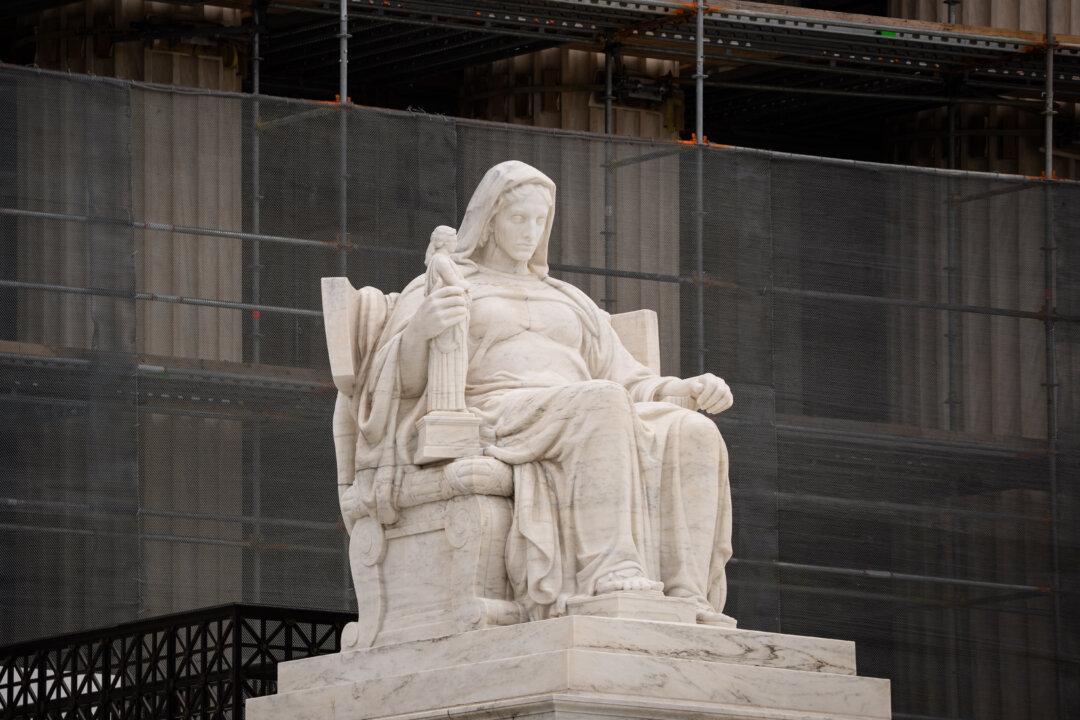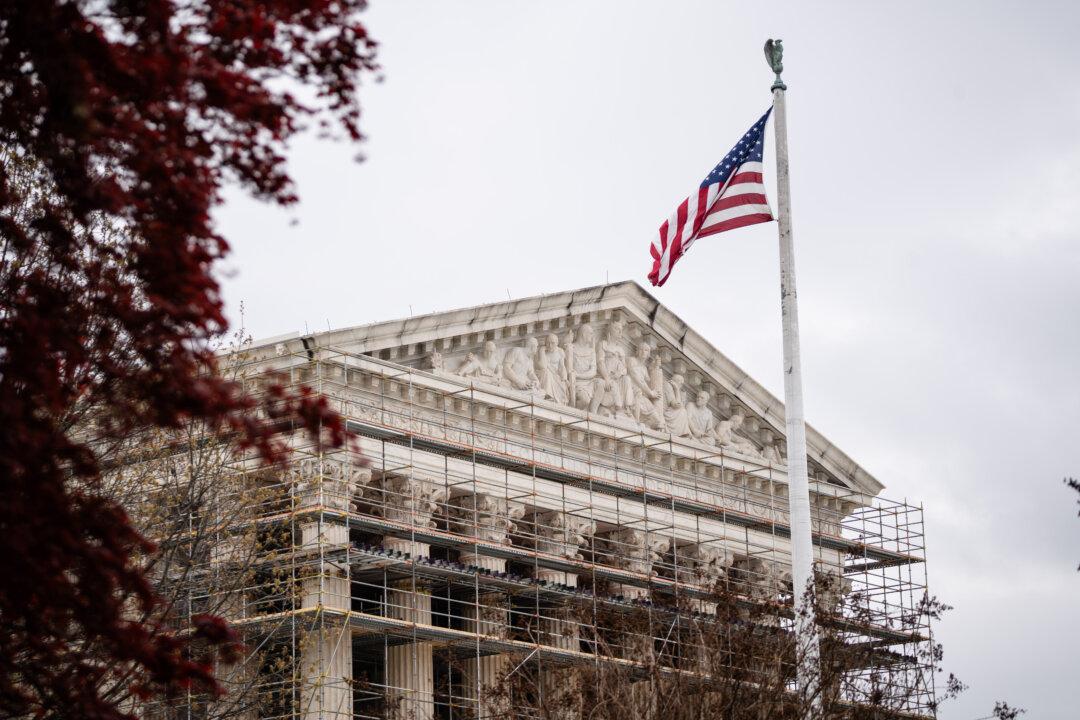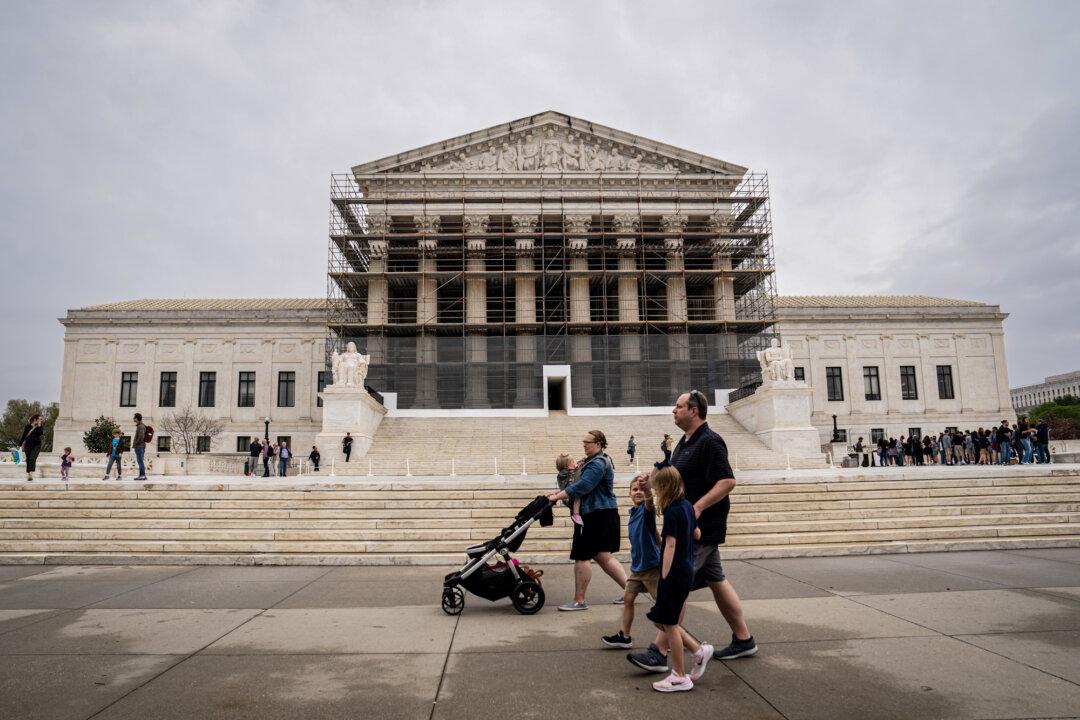The Falls Church, Virginia-based Center for Equal Opportunity (CEO) describes itself on its website as “the nation’s only conservative think tank devoted to issues of race and ethnicity.” CEO works “to promote a colorblind society.”
Hans von Spakovsky, senior legal fellow at the Heritage Foundation’s Meese Center for Legal and Judicial Studies, told The Epoch Times he was surprised by the results of the study.
“I would have thought that those schools would have learned their lessons from the 1960s,” he said in an interview.
Among the report’s significant findings were that race is a “large factor” in admissions at the University of Virginia (UVA) and William and Mary, but less so at the other three schools studied, the report states.
UVA and William and Mary admitted black applicants at higher rates than whites and Asian Americans, which suggests the use of racial and ethnic preferences, the report states. William and Mary also admitted Hispanics at a higher rate than Asian Americans and whites.
The opposite was the case at Virginia Tech, James Madison, and George Mason, where Asian Americans and whites were admitted at a higher rate, according to the report. At the same time, all five schools gave preference to white applicants over Asian American applicants.
The test scores of blacks and Hispanics admitted to UVA and William and Mary were significantly lower than those of white and Asian American students who were admitted, the study also found.
“When statistically controlling for grades and test scores, along with gender, legacy status, and residency, our analysis showed the largest probability of admissions granted to blacks over whites at UVA and WM, while Hispanic chances of admissions were somewhat smaller at these schools,” according to CEO.
Virginia Tech gave only a slight preference to black applicants, and George Mason gave a slight preference to whites over blacks and Hispanics, the study indicates. Statistical analyses showed that significant preferences were given to in-state over out-of-state applicants at UVA and William and Mary, although not as large as the preferences bestowed on black applicants.
SAT scores were generally lower for admitted black and Hispanic students, compared to whites and Asian Americans, the report indicates.
For example, the gap in SAT scores between blacks and whites was huge—180 points at UVA and 190 points at William and Mary. The black-to-white gap in SAT scores was less substantial at Virginia Tech (100), James Madison (90), and George Mason (100).
While conservatives have long opposed using race as a criterion in school admissions, saying doing so is unfair, liberals argue it is necessary on social-justice grounds.
In the 2003 Supreme Court ruling in Grutter v. Bollinger, the high court found that race may be used as a factor in college and university admissions but only if its use is narrowly tailored to achieve a compelling government interest, such as creating a racially diverse student body which, a theory holds, benefits students. Explicit racial quotas were deemed unconstitutional, as was using race as an excuse to provide a kind of compensatory justice to make up for slavery and discrimination against blacks.
UVA and William and Mary don’t appear to have narrowly tailored their racial-preference system, von Spakovsky said.
“The state legislature could ban the schools from doing so,” he said, adding he isn’t certain if the political will exists in Richmond to accomplish such a ban.





